Your cart is currently empty!
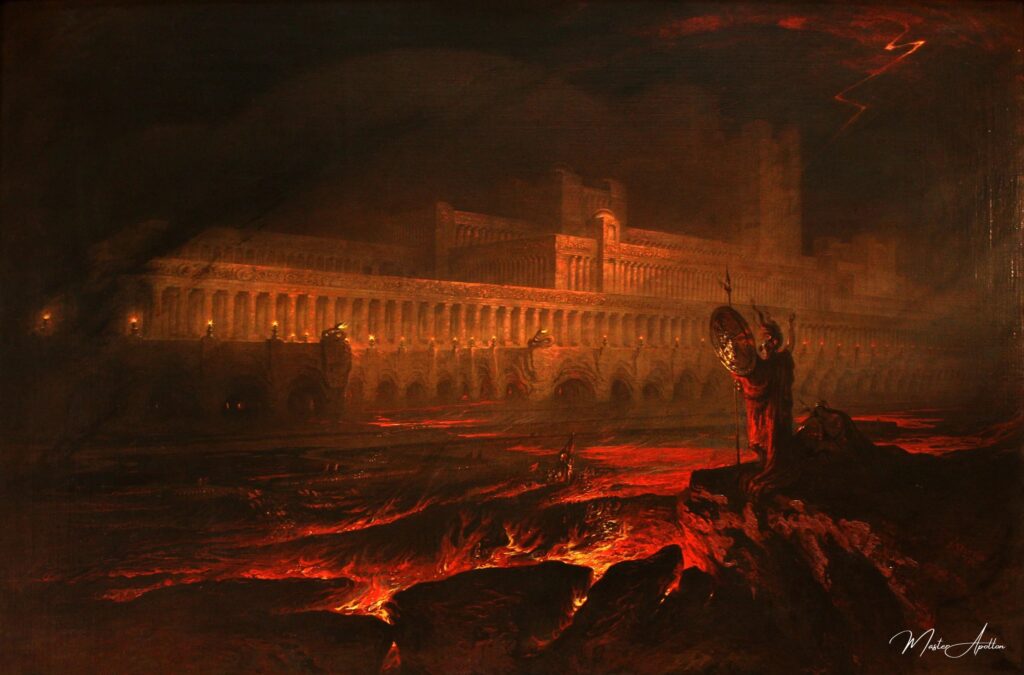
Pandemonium – John Martin
This oil painting reproduction of “Pandemonium” by John Martin is a stunning masterpiece that will bring a touch of drama and elegance to any space. Crafted with the highest quality materials and meticulous attention to detail, this reproduction captures the essence of the original artwork with precision and authenticity.
The craftsmanship of this piece is truly exceptional, with each brushstr…
John Martin’s Pandemonium (1841): A Masterpiece of Sublime Vision and Miltonic Inspiration
John Martin (1789-1854) stands as one of the towering figures of the Romantic era, celebrated for his ability to bring to life dramatic, awe-inspiring scenes drawn from both literature and religious texts. His large-scale paintings, infused with a fascination for the sublime, often merged the visual grandeur of vast landscapes with the psychological and spiritual depths of humanity’s most profound stories. Among these, Pandemonium (1841) emerges as a quintessential example of his artistry. Drawing directly from John Milton’s Paradise Lost, this painting not only reflects Martin’s technical brilliance but also his deep engagement with the themes of power, rebellion, and the eternal struggle between good and evil.

Artistic Context: John Martin’s Vision of the Sublime
John Martin rose to prominence in the early 19th century as one of the Romantic period’s most distinctive painters. The Romantic movement, which sought to express deep emotions, the majesty of nature, and the intensity of human experience, found a natural home in Martin’s work. He became known for his grandiose depictions of biblical and apocalyptic scenes, combining large-scale compositions with dramatic lighting and vast, almost infinite landscapes. His works are often described as “visionary spaces,” in which the viewer is drawn into a world both awe-inspiring and terrifying.
In the 1820s, Martin produced a series of what are now referred to as “disaster paintings,” which solidified his reputation. These works, filled with nightmarish lighting effects and chaotic, apocalyptic visions, capture the Romantic fascination with the sublime—a concept popularized by the philosopher Edmund Burke, who defined it as the simultaneous experience of awe and fear in the face of something overwhelming, whether it be nature, a divine power, or the unknown. In these paintings, Martin masterfully evoked a sense of vastness, mystery, and terror, reflecting the human experience of encountering forces far beyond our control.
Martin’s inspiration came from both the Bible and literary classics, notably Milton’s Paradise Lost, an epic poem that grappled with the origins of humanity’s fall from grace and the eternal battle between good and evil. Pandemonium (1841), one of Martin’s most celebrated works, offers a striking visualization of Milton’s vision of Hell and Satan’s rise to power, making it a masterclass in Romantic art.
Thematic Inspiration from John Milton’s Paradise Lost
Pandemonium directly references Paradise Lost, John Milton’s 17th-century masterpiece. In Book I of the poem, Milton describes the aftermath of Satan’s fall from Heaven and his efforts to regroup his followers in Hell. Central to this episode is the creation of Pandemonium, Satan’s palace, which serves as the capital of Hell. Milton vividly describes this structure rising from the fiery depths, built by the fallen angels in a display of both defiance and pride.
John Martin, ever drawn to the sublime and the terrifying, found in this scene the perfect subject for his artistic ambitions. His painting captures the moment described in Paradise Lost, when Pandemonium rises “suddenly built out of the deep.” Through his use of monumental architecture and dramatic lighting, Martin transforms Milton’s words into a visual spectacle, illustrating the vastness and grandeur of Hell’s capital while also conveying the despair and torment that define the fallen angels’ existence.
Thematically, Pandemonium fits seamlessly into Martin’s broader body of work, which often explored themes of divine wrath, human frailty, and the eternal consequences of rebellion. In this painting, Satan is both a tragic and heroic figure—once the brightest of God’s angels, now condemned to reign over the damned. This complexity of character is central to Milton’s portrayal of Satan, and Martin’s visual interpretation mirrors this nuance, casting Satan as both a powerful leader and a symbol of tragic loss.
Visual Analysis: The Architecture of Hell and the Tragic Hero
The visual impact of Pandemonium lies in its sweeping composition and the interplay between light and shadow. As is typical of Martin’s work, the painting employs a diagonal perspective that draws the viewer’s eye across the canvas, from the dark, rocky foreground where Satan stands to the towering, illuminated architecture of Pandemonium itself.
Composition and Perspective
Martin’s use of diagonal composition creates a dynamic sense of movement within the painting. The viewer’s gaze is guided from Satan, standing at the lower right of the canvas, across a vast, darkened landscape, to the brilliantly lit palace in the distance. This perspective emphasizes the immensity of Pandemonium and highlights the contrast between the shadowy, foreboding foreground and the bright, almost otherworldly light surrounding the palace. By placing Satan at the periphery and the palace as the focal point, Martin reinforces the idea that Satan, despite his power, is dwarfed by the larger forces at play—both within Hell and the universe itself.
Architectural Style
The architecture of Pandemonium is an amalgamation of real and imagined styles, blending elements of ancient cities with fantastical, almost futuristic forms. The towering structure recalls the grandeur of ancient civilizations like Rome or Babylon, yet its sheer scale and impossible design mark it as a creation of the imagination. Martin’s vision of Hell blurs the line between history and fantasy, between the real and the unreal, creating a space that is both timeless and nightmarish.
Satan as Tragic Hero
At the heart of the painting stands Satan, depicted in a manner reminiscent of a classical Greek hero. With his shield and feathered helmet, Satan evokes images of Achilles or another tragic figure from ancient mythology. This visual parallel casts Satan in a complex light, highlighting both his former glory and his current fallen state. Martin’s portrayal of Satan reflects the same ambivalence found in Milton’s text, where Satan is both a heroic leader and a symbol of rebellion and hubris.
Satan’s position on a rocky outcrop, apart from the demonic hordes that populate the background, further emphasizes his isolation. He is a figure of immense power, yet he is ultimately alone, cut off from both Heaven and his followers. This duality—powerful yet isolated, heroic yet damned—lies at the heart of both Milton’s and Martin’s depiction of Satan.
Army of the Damned
In the background, an army of demons and damned souls surrounds Pandemonium, though they are more suggested than fully detailed. Unlike traditional armies, these figures represent the spiritual and psychological torment of Hell, more an extension of Satan’s inner turmoil than a military force. Martin’s decision to obscure these figures in shadow reinforces the painting’s theme of despair and loss, as Hell’s inhabitants are reduced to mere shadows of their former selves.
Conclusion
John Martin’s Pandemonium (1841) is a masterful visualization of one of Paradise Lost‘s most iconic scenes. Through his dramatic use of composition, lighting, and architectural imagination, Martin brings to life Milton’s vision of Hell and its tragic ruler. The painting encapsulates the Romantic fascination with the sublime, blending awe and terror to create a compelling visual experience. At the same time, it reflects Martin’s profound understanding of Milton’s themes, particularly the tragic nature of Satan’s rebellion and the eternal consequences of defiance. In Pandemonium, Martin transforms a literary scene into a work of art that continues to captivate and inspire viewers, serving as both a testament to his skill and a profound meditation on the human condition.
John Martin
John Martin was an English Romantic painter renowned for his grand, dramatic landscapes and apocalyptic scenes, often inspired by biblical and literary themes, blending visionary imagination with a fascination for the sublime.

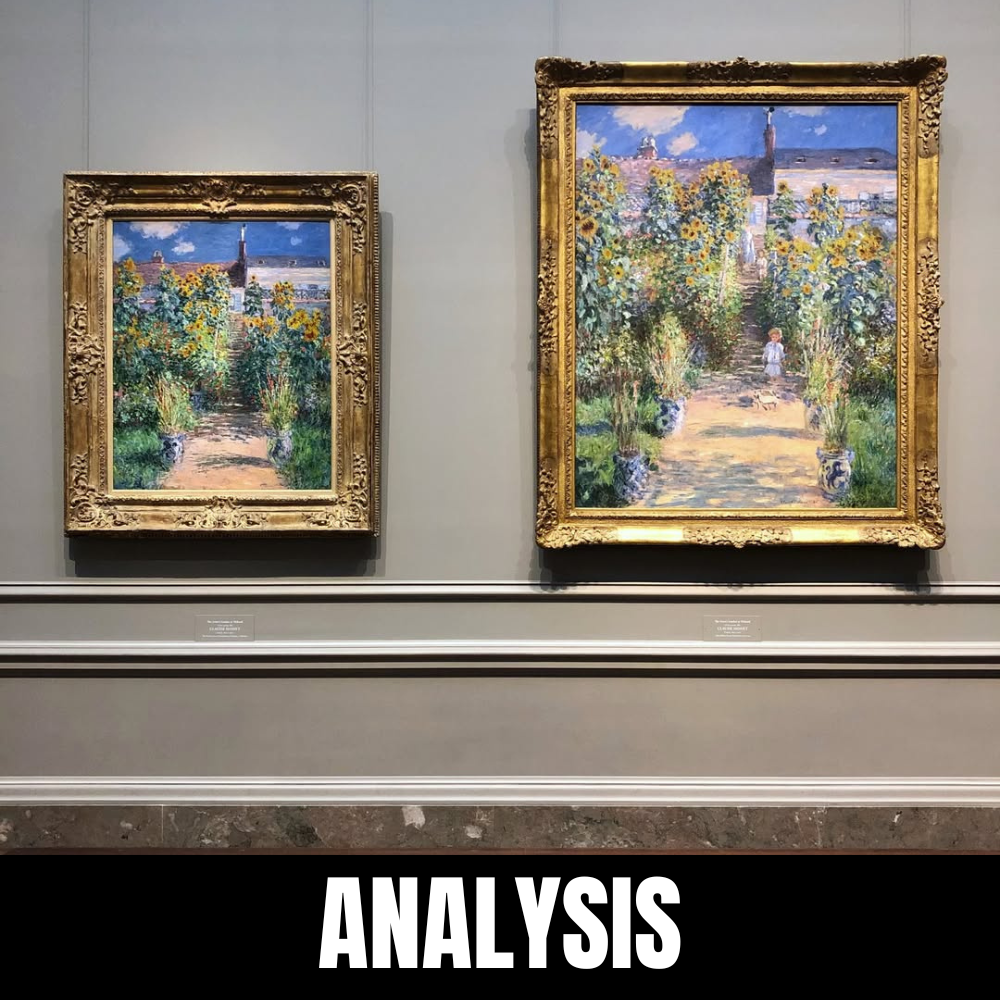
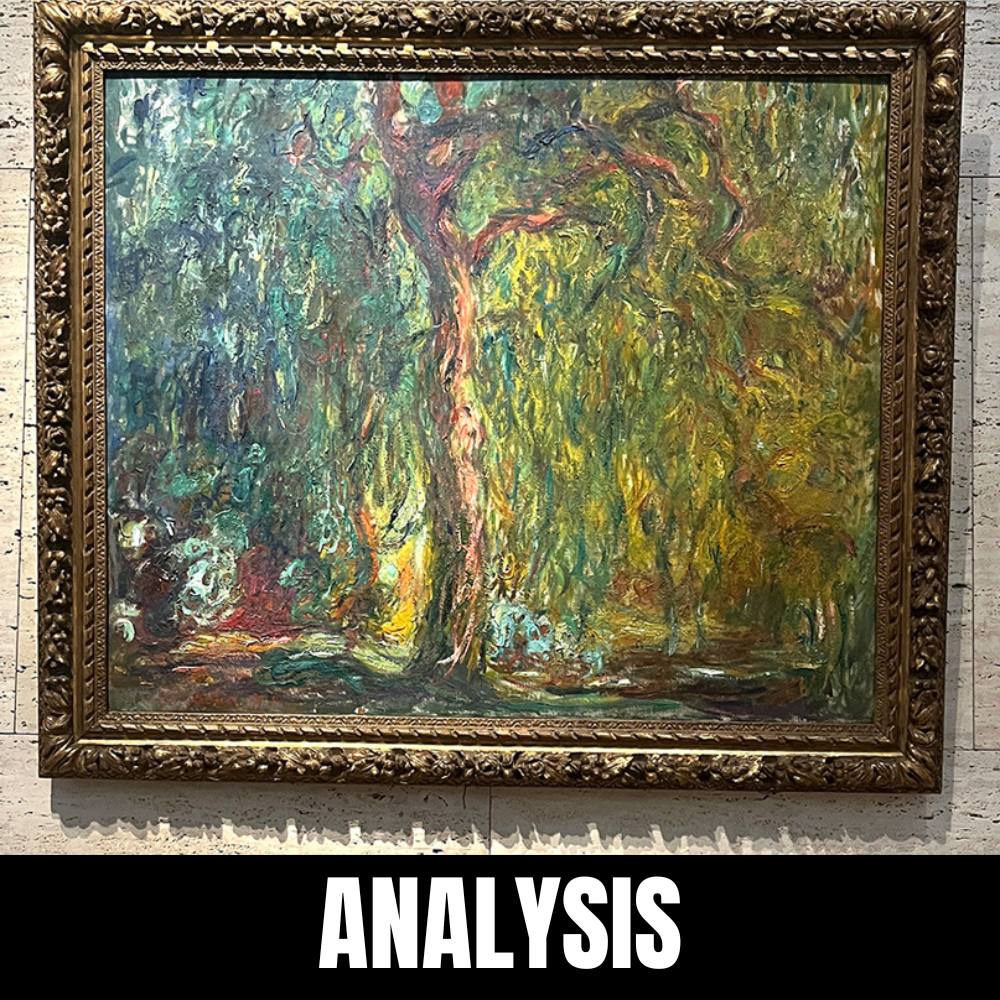
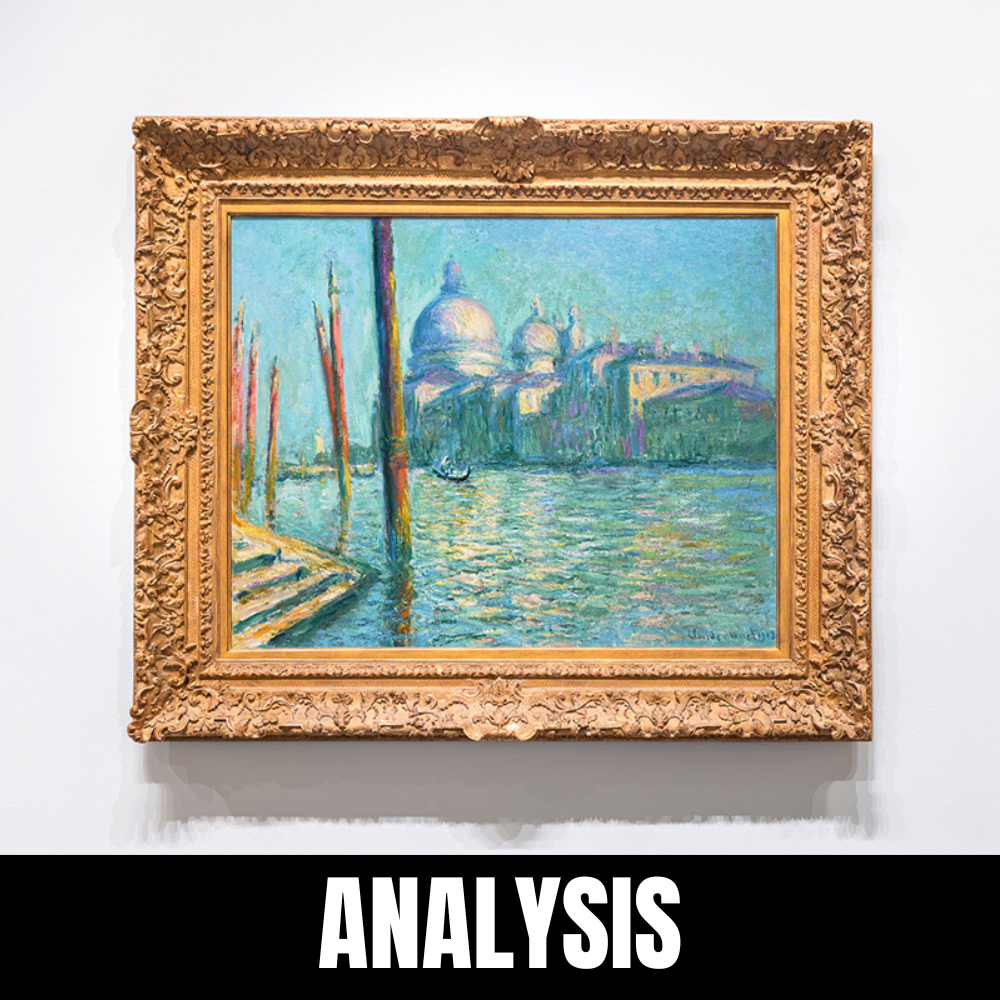
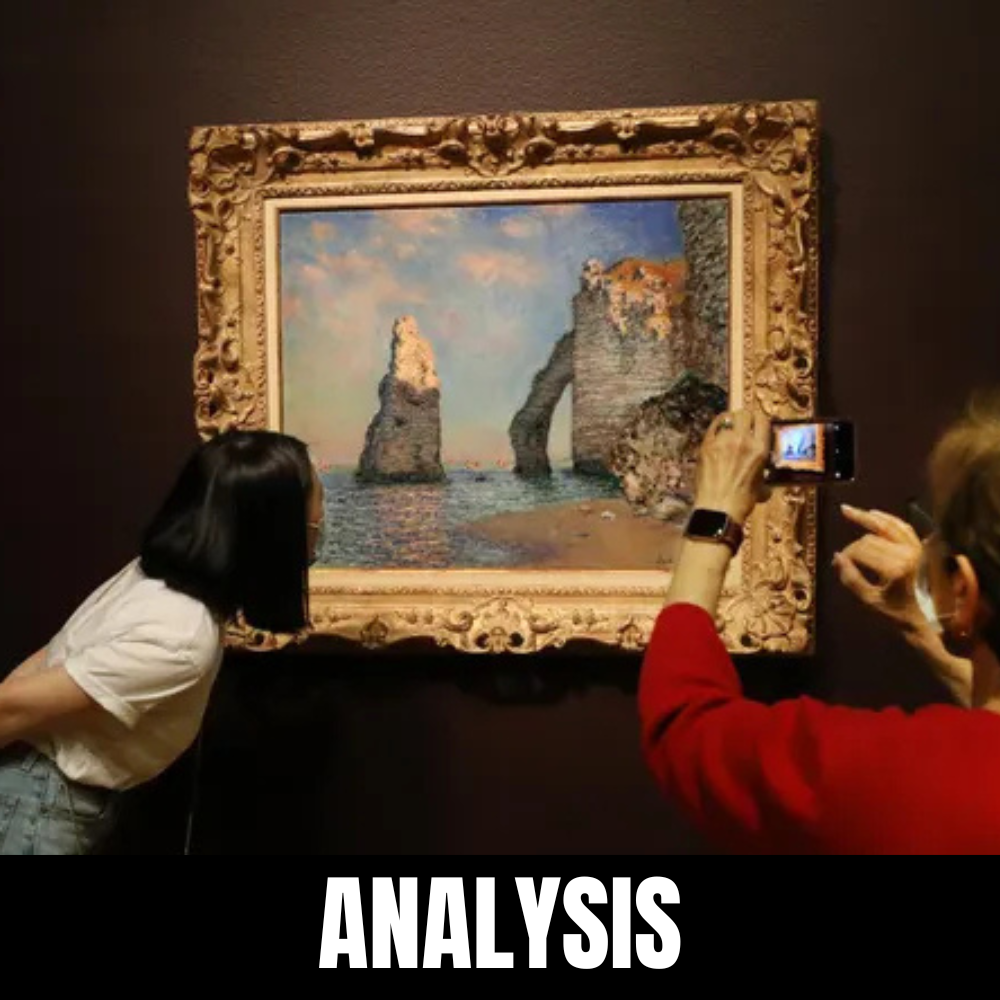
Leave a Reply